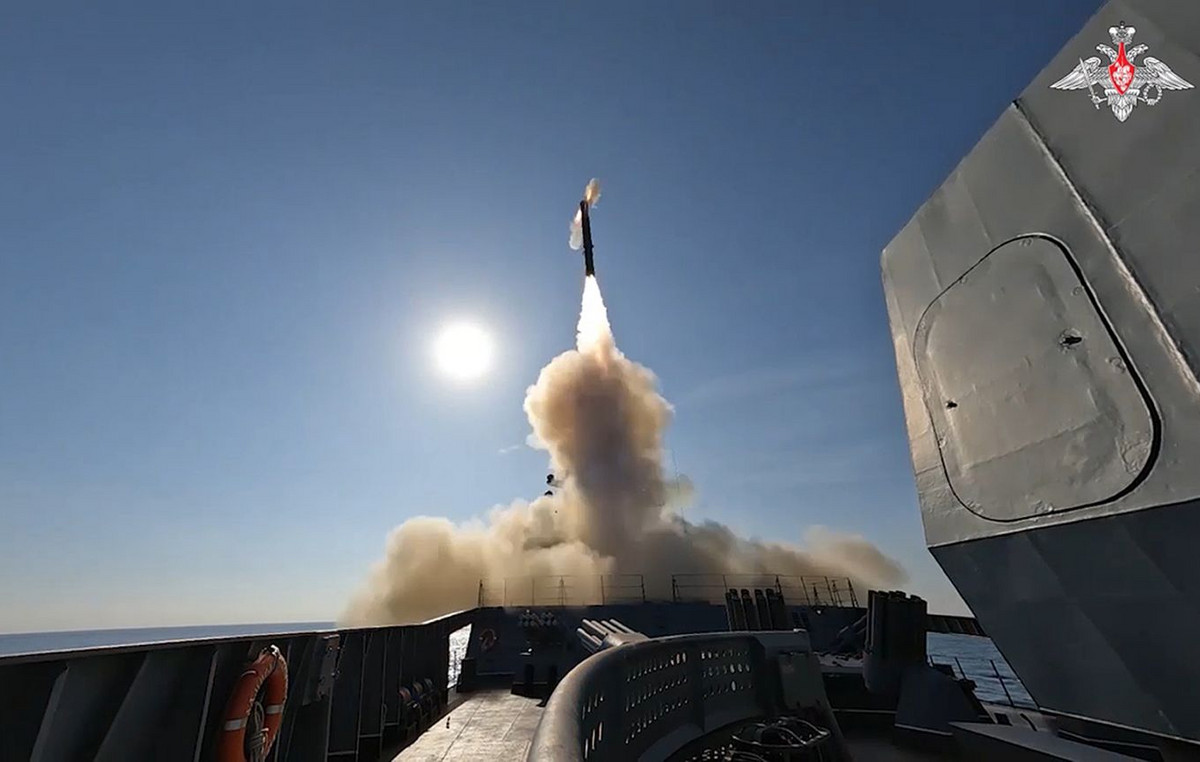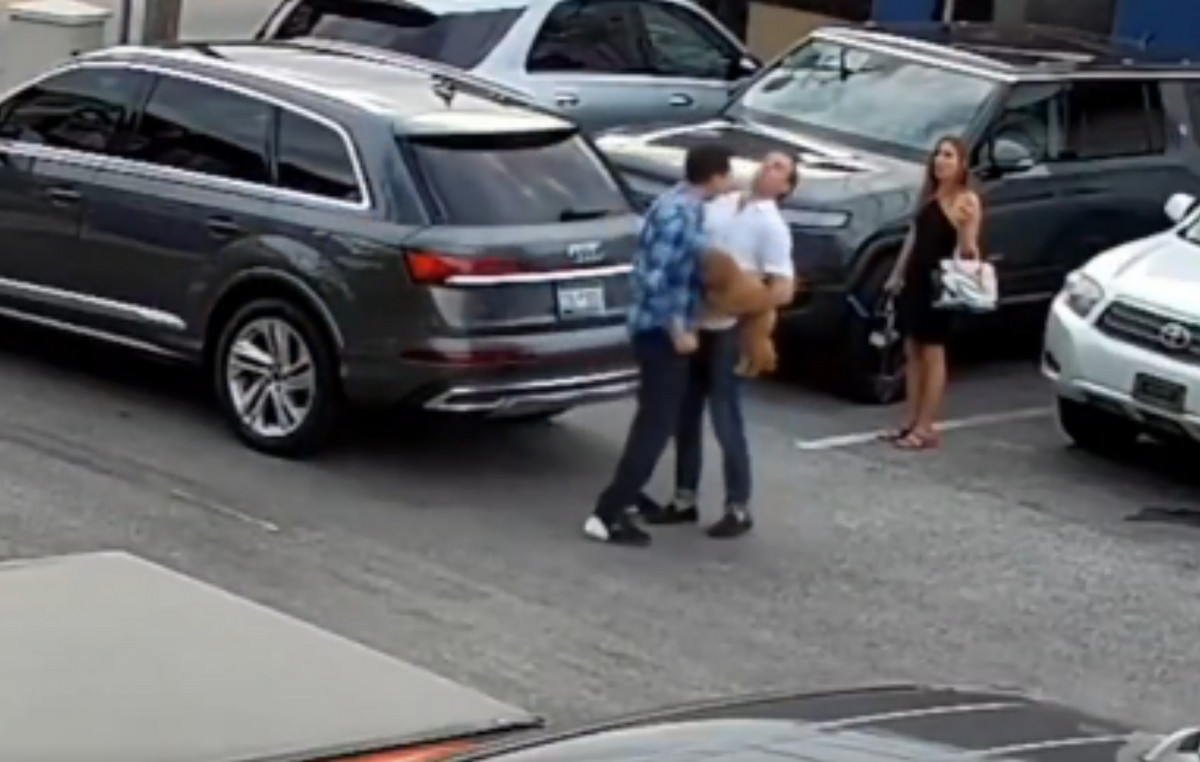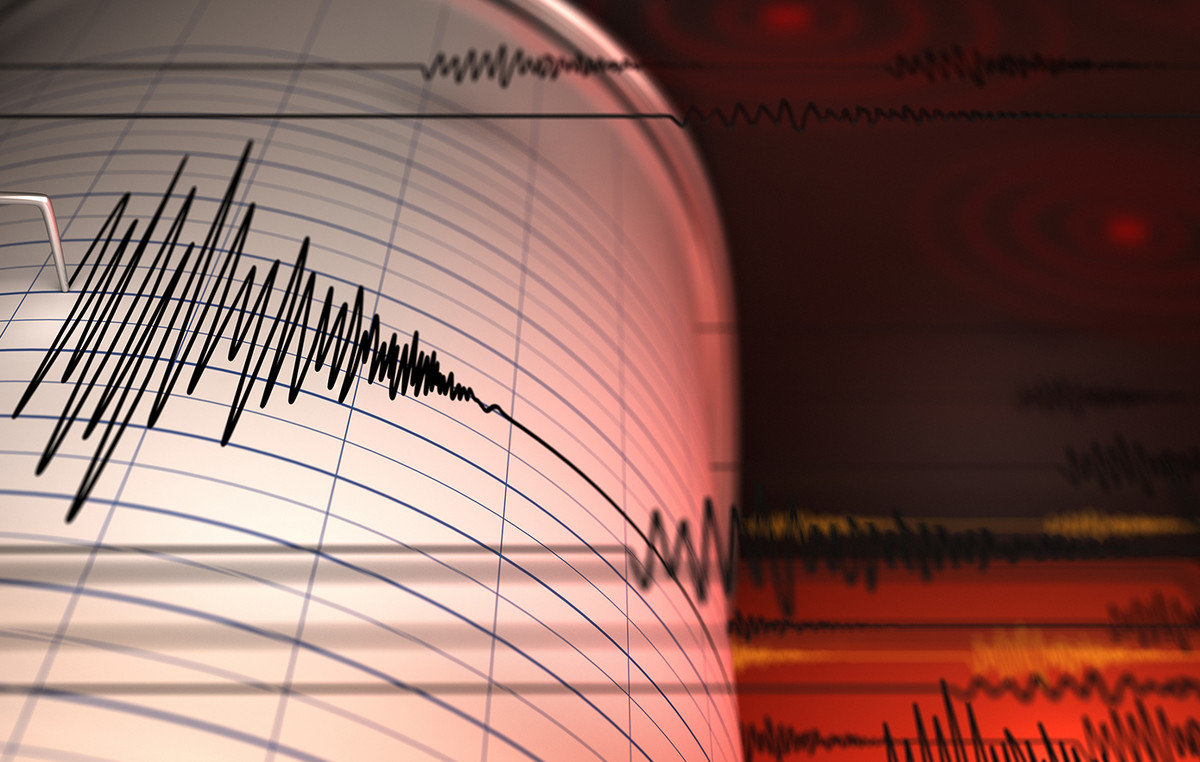The assessment that the dead from the catastrophic earthquake in Turkey will reach 50,000, said the professor of Geology and Natural Disaster Management of the University of Athens and president of the OASP, Efthymios Lekkas.
As he told APE-MPE, the area destroyed by the earthquake includes 12 cities and is roughly the size of Greece. He also talks about one of the biggest disasters he has ever encountered.
The Greek team managed to rescue some people who were trapped in ruins in Antioch. Among them were three children. “From the first moment we arrived we devoted ourselves to the rescue work, we have rescued five people so far and we are trying to find others to rescue but under very adverse conditions, time is running out,” Mr. Lekkas tells APE-MPE while explaining that “there is a whole methodology regarding detection. Initially, because there is this chaos essentially in terms of information, we relied on residents who told us that they have relatives whom they have heard in the ruins. Then the very dangerous operation is carried out by the EMAK men of infiltrating the buildings.” Mr. Lekkas also adds that in the future it will be very difficult to find survivors for as he says, it is very cold, and the trapped, many of whom are wounded, cannot last long under the ruins.
The factors that led to the disaster
According to the professor of Geology and Natural Disasters of the University of Athens, apart from the obvious and most important factor, that of the large size of the earthquakes that hit the neighboring country, a number of other factors contributed to so many buildings being destroyed and so many lives being lost as a result. “The second factor was the foundation soils. In many areas but not all. That is, they were very loose soils, which enhanced the seismic movement. The third factor is that the earthquake regulation is inferior to ours. The fourth factor was the construction materials. Construction in the area in general is degraded. The fifth factor is that their buildings are architecturally beautiful from the outside, they have some peculiarities, but these architectural peculiarities were the most dangerous thing about the buildings. They were not symmetrical buildings, they had extensions, the masonry was not connected to the coke frame.”
“The dead will exceed 50,000”
There is an absolute difficulty, says Mr. Lekkas “both for the rescue groups and for us who came first and for the residents who will have to endure this situation for some more years. It is very difficult from one moment to the next, while you have your home and your family, to suddenly be left out. And this is true for more than a million people. My estimate based on scientific data is that the dead may exceed 50,000. If you calculate the buildings that have collapsed, the number of people inside, the fact that the collapse was immediate and the fact that it was night, everything points to the fact that we will have several tens of thousands of victims.” The surviving residents of the area have not yet gotten over the shock, says Mr. Lekkas to APE-MBE, and he estimates that whatever rescue crews there may have been would not have been enough. “There are thousands of intervention points. At the moment we have around 25 foreign missions that can take on an operational role, which is very difficult. There are also local missions, but no matter how many there were, it would not have been possible to deal with the situation”, argues Mr. Lekkas.
“Things are even worse in Syria”
Given that the country is at war as it is, things there are even more difficult. “They only allowed the rescue teams to approach on Wednesday, things are even more difficult, although the earthquake there was less intense and the effects were smaller in scale”, explains Mr. Lekkas. Some of the areas affected by the earthquake are under the control of Damascus and others are under the control of the rebels. After the bombings of the 11 years of the civil war, in the remaining buildings, the damages are great. “The dead are less because the area that was hit is on the edge of the rift and is more sparsely populated. It doesn’t have the same population density as the affected area in Turkey.”he emphasizes.
“There is no cause for concern in Greece”
Although the radius that an earthquake can affect reaches up to 300 kilometers, as Mr. Lekkas confirms, Greece is very far away so there is no reason to worry. “The fault that was activated is a fault that has caused many earthquakes, it is the one that essentially facilitates the transportation of the Arabian plate that goes into Turkey, like a wedge,” Mr. Lekkas concludes.
Source: News Beast
With 6 years of experience, I bring to the table captivating and informative writing in the world news category. My expertise covers a range of industries, including tourism, technology, forex and stocks. From brief social media posts to in-depth articles, I am dedicated to creating compelling content for various platforms.






